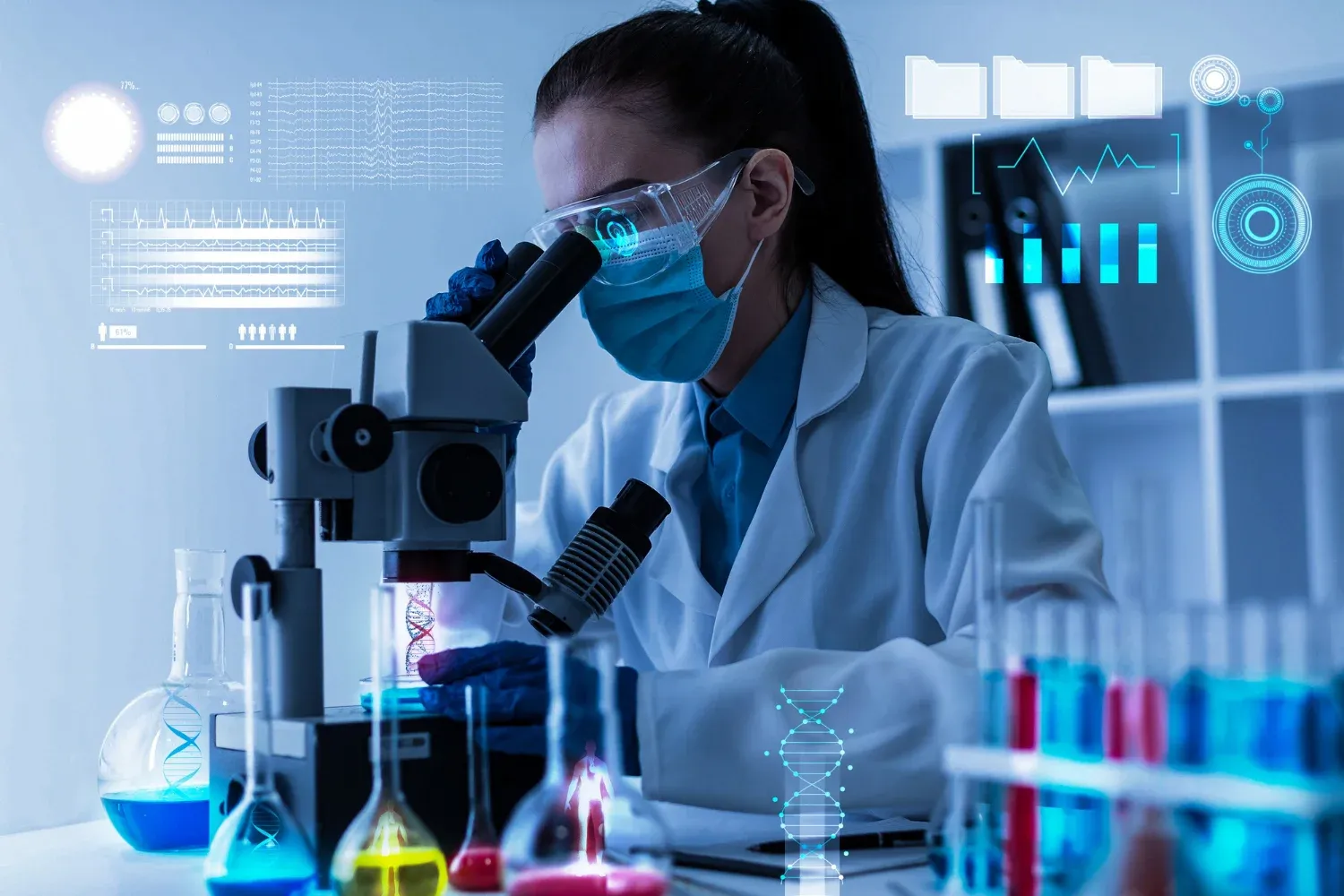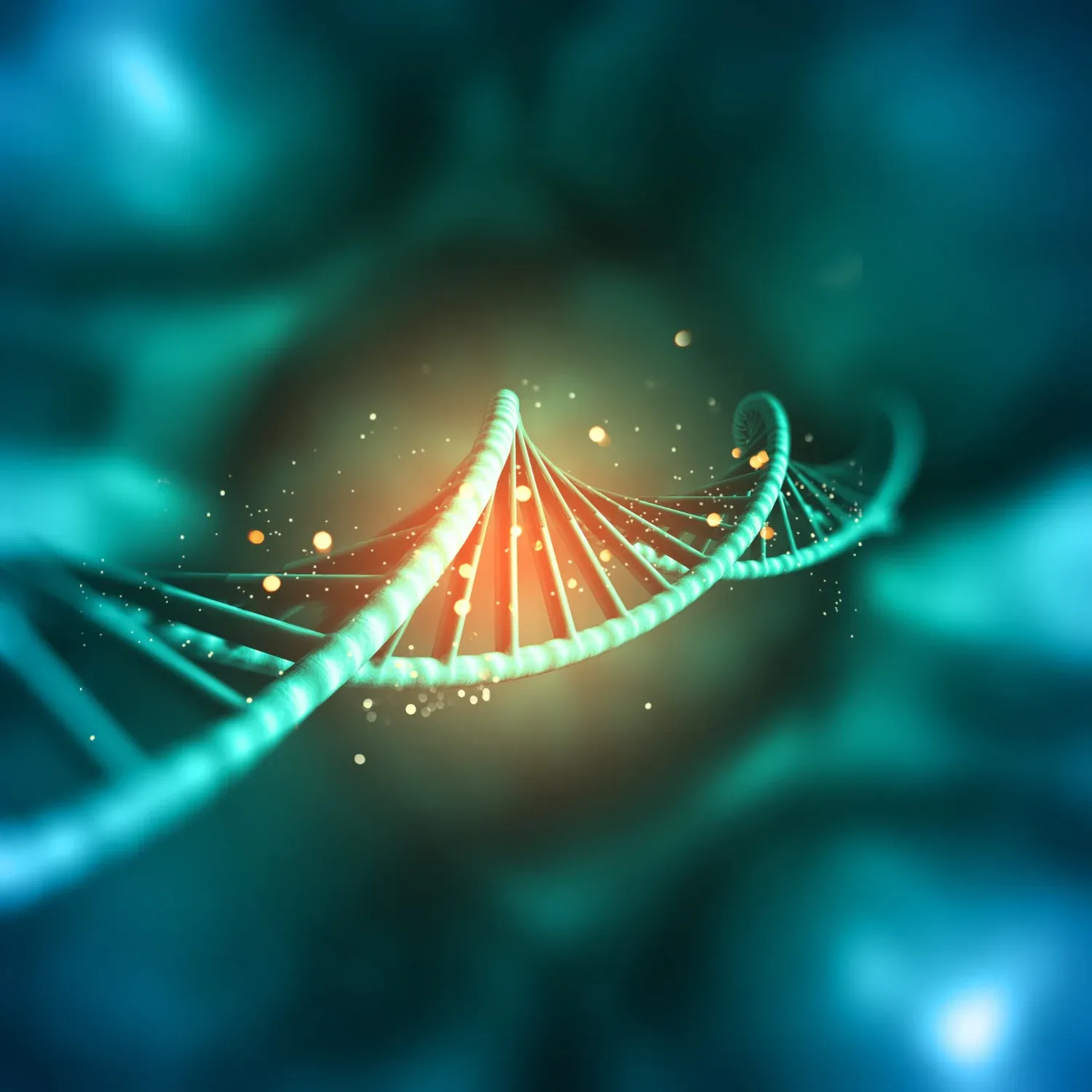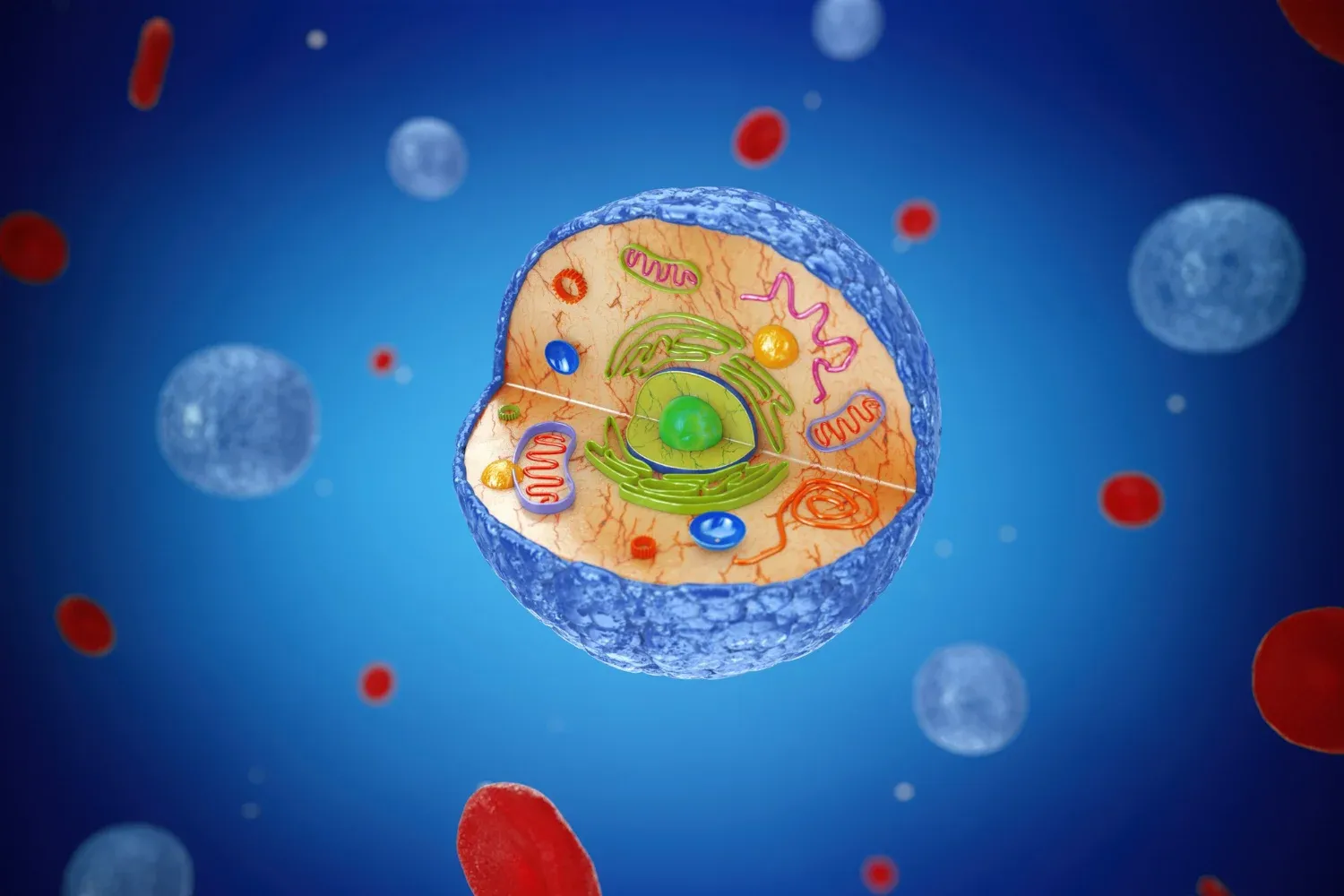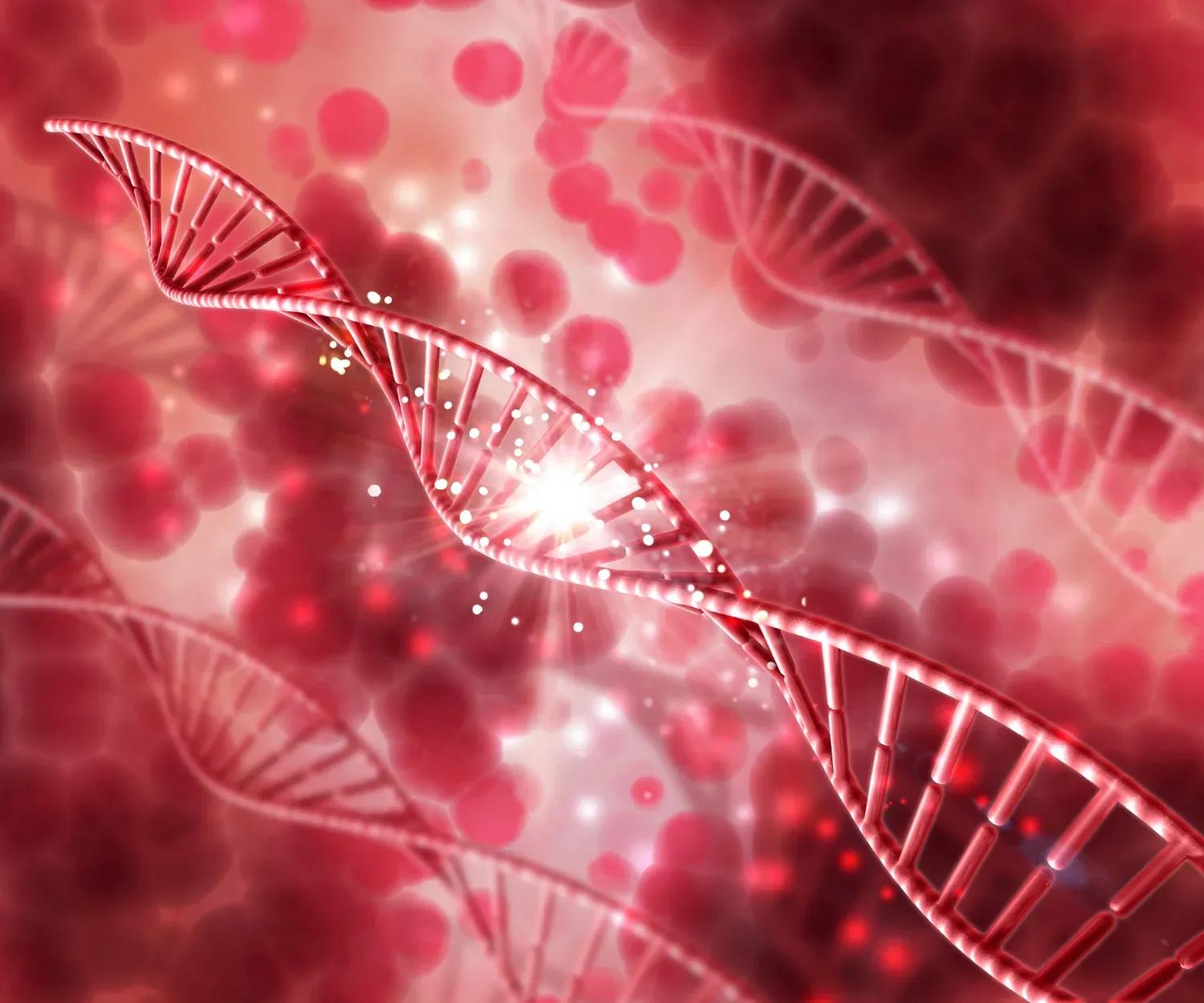(BUY 3 BOTTLES OF NMN 30000 GET 1 FREE NMN 9000) BUY 3 BOTTLES NMN 18000 OR NMN 15000 GET 1 FREE NAC 30000 LIMITED TIME ONLY OVER $99 ORDER FREE SHIPPING
for Canada, US, China & HK
(BUY 3 BOTTLES OF NMN 30000 GET 1 FREE NMN 9000) BUY 3 BOTTLES NMN 18000 OR NMN 15000 GET 1 FREE NAC 30000 LIMITED TIME ONLY OVER $99 ORDER FREE SHIPPING
for Canada, US, China & HK



